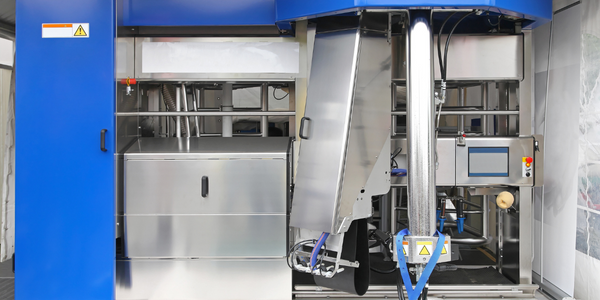Customer Company Size
SME
Region
- America
- Europe
Country
- Italy
- United States
Product
- Drago GT
- Drago II
- Documoto
Tech Stack
- SaaS
- Digital Publishing Platform
- Interactive Content Management System
Implementation Scale
- Enterprise-wide Deployment
Impact Metrics
- Customer Satisfaction
- Productivity Improvements
Technology Category
- Platform as a Service (PaaS) - Data Management Platforms
Applicable Industries
- Agriculture
Applicable Functions
- Business Operation
- Sales & Marketing
Use Cases
- Inventory Management
Services
- Cloud Planning, Design & Implementation Services
About The Customer
Dragotec USA, based in Iowa, is the exclusive North American distributor of Olimac Products. Olimac is a family-owned, global manufacturer headquartered in Margarita, Italy, dedicated to creating the highest-quality, best-performing corn heads in the industry. Dragotec USA is known for their corn head and yield-loss prevention expertise. Their products, including the Drago GT and Drago II corn heads, help manage stalk variability and minimize yield loss at harvest. The equipment has a reputation for durability, a necessity in agricultural working environments.
The Challenge
Dragotec’s equipment is known for its durability, a necessity in agricultural working environments. However, the harsh conditions sometimes experienced during crop harvesting can lead to equipment damage. When this happens, dealers and equipment owners need product documentation that easily distinguishes what part requires repair or replacement. The challenge was ensuring that the manuals accurately depict the equipment parts. The printed books provided with their corn head attachments did not drill down into every part of the attachment, making illustrations with part numbers and specifications difficult to create and maintain. The outdated parts books were hard to read, making it difficult to provide sales and service support to dealers. The features they sought out in a solution were ease of use, improved publishing processes, improved publishing release timeframe, easy adoption rate with network, and enhanced dealer experience.
The Solution
Dragotec transitioned from print PDFs to an online catalog, which allowed them to cater to a much larger audience. The shift was monumental to Dragotec’s dealer network growth strategy. Dragotec’s parts catalog portal was rolled out to its dealer network after 30 days of publishing and testing. This empowered Dragotec’s network of 58 dealers with the ability to look up and order parts with several clicks of a button. Now dealers have a convenient option to buy OEM parts rather than seeking out other sources. Additionally, dealers can access order tracking, which has reduced support time and customer equipment downtime. The time required to update manuals has drastically reduced thanks to Documoto’s relational database and authoring suite.
Operational Impact
Quantitative Benefit

Case Study missing?
Start adding your own!
Register with your work email and create a new case study profile for your business.
Related Case Studies.
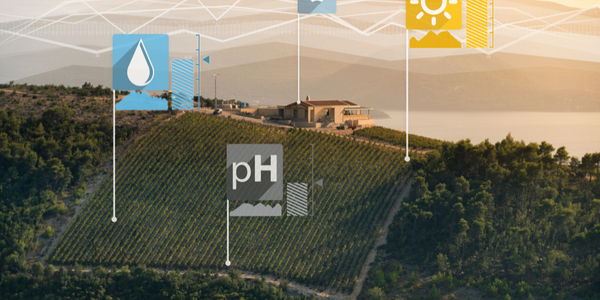
Case Study
Intelligent Farming with ThingWorx Analytics
Z Farms was facing three challenges: costly irrigation systems with water as a limited resource, narrow optimal ranges of soil moisture for growth with difficult maintenance and farm operators could not simply turn on irrigation systems like a faucet.
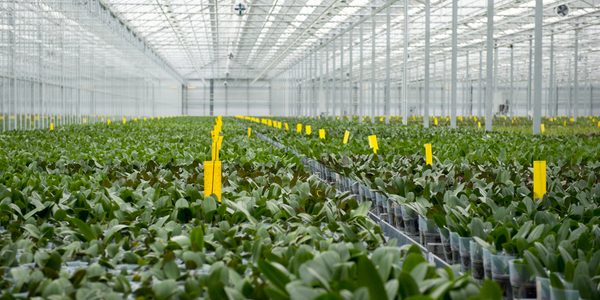
Case Study
Greenhouse Intelligent Monitoring and Control Solution
Farming Orchids is the most successful form of precision farming in Taiwan, and also the most exported flower. Orchids need a specific temperature and humidity conditions to grow and bloom, and its flowering time may not be in line with market demands, so the price collapses when there is overproduction. Therefore, some farmers began to import automated greenhouse control systems for breeding and forcing, which not only improves quality, but also effectively controls the production period and yield to ensure revenue. In 2012, an orchid farmer built a Forcing Greenhouse of about 200 pings (approximately 661 Square Meters) in Tainan, Taiwan. The system integrator adopted Advantech’s APAX-5000 series programmable automation controllers to build the control platform, coupled with Advantech WebAccess HMI/SCADA software, to achieve cloud monitoring. The staff of the orchid field can monitor important data anytime via smart phone, iPad, and other handheld devices, and control the growth and flowering conditions. System requirements: In the past, most environmental control systems of orchid greenhouses in Taiwan used PLCs (Programmable Logic Controller) with poorscalability and control, and could not be connected to the Internet formonitoring from the cloud. For advanced database analysis and networking capability, the PC platform must be adopted. Therefore, PAC Systems (Programmable Automation Controller) with both PLC programming capabilities andPC functions is a better choice.The environmental control of the Orchid greenhouse switches on and off devices like fan, shade net, cooling/heat pump, liquid flow control, water-cooling wall etc. It is controlled by a control panel of electric controllers, and is driven by a motor, to adjust the greenhouse temperature, humidity, and other environmental conditions to the set parameters.
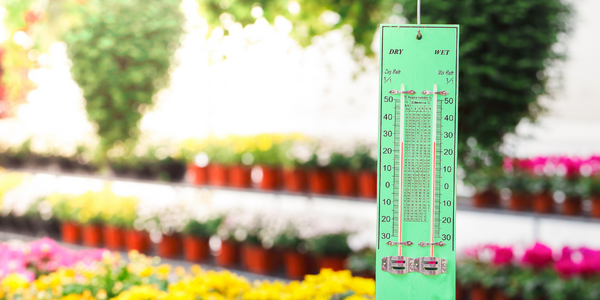
Case Study
Precision beekeeping with wireless temperature monitoring
Honeybees are insects of large economic value and provide a vital service to agriculture by pollinating a variety of crops. In addition, bees provide us with valuable products such as honey, beeswax, propolis, bee venom, etc. Monitoring of honeybee colony health, population, productivity, and environmental conditions affecting the colony health have always been exceedingly difficult tasks in apiculture. Research has shown that even small deviations (by more than 2°C) from the optimal temperatures have a significant influence on the development of the brood and the health of adult bees.
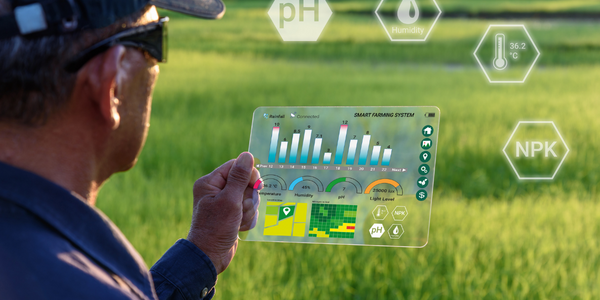
Case Study
Enabling Internet of Things Innovation in Agriculture
DigiBale, wanted to apply technology know-how and IP from implementations successfully to more agriculture sectors including cotton, forestry, sugarcane and cattle. However, farmers and growers still have worries about the connected technology.








